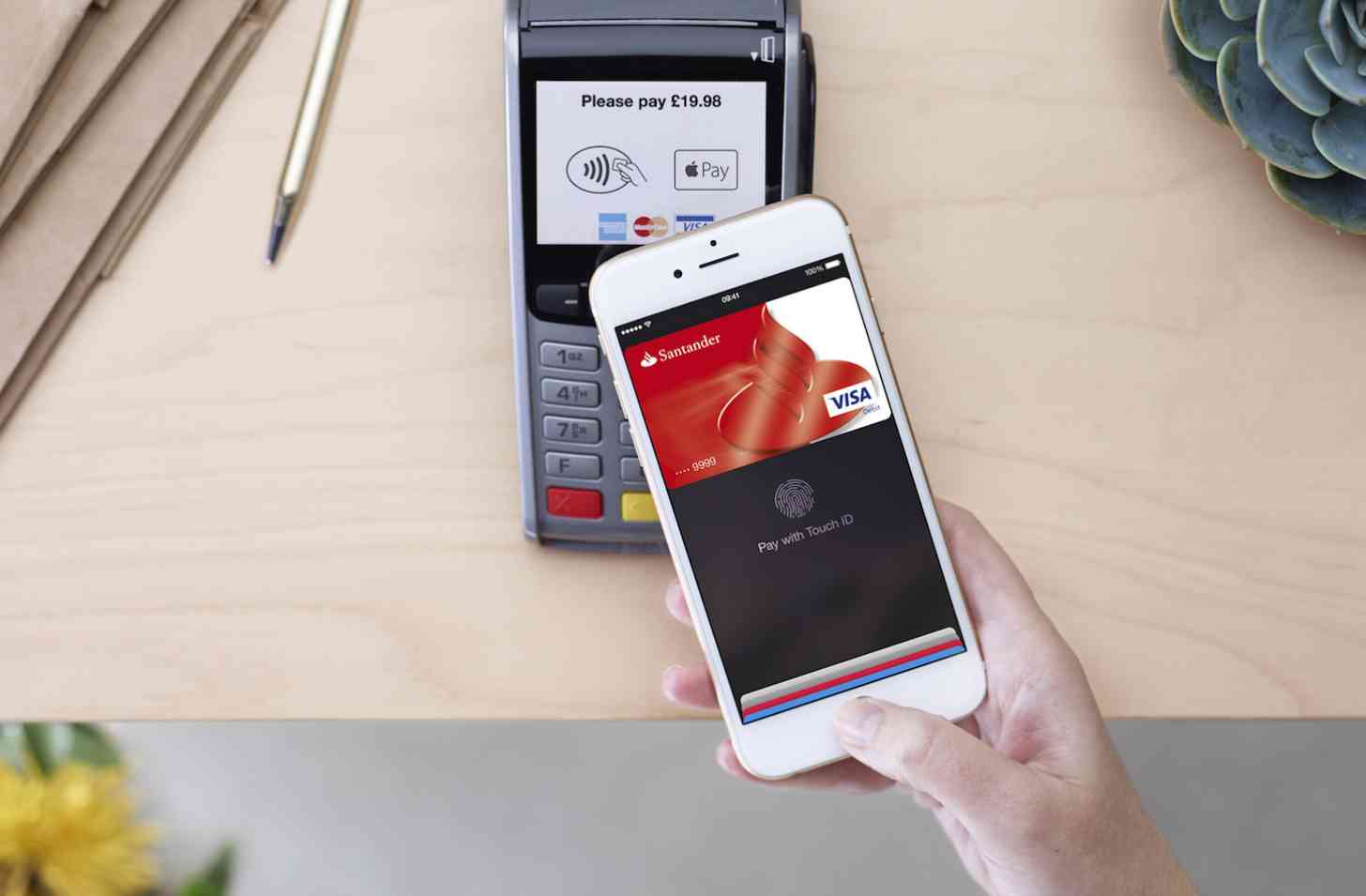
A lot of you already know this, but I’m going to say it anyway: Mobile payments existed before Apple jumped into the game. Google’s been offering the ability to pay for things with your Android phone for awhile now, but it never made the waves Google might have been looking for. Sure, support is great and it’s pretty neat that Google was the first one to do it, and Android was the first platform to really give it a shot.
But we are all aware that being first really doesn’t matter more often than not.
As has happened more than a few times in the past, it wasn’t until Apple put attention on its own mobile payment option that everyone else apparently started paying attention. And not just other companies, either. Mobile payment acceptance is now prominently displayed at a variety of retail locations, including a variety of restaurants and fast food chains. Just visiting a McDonald’s, for instance, you’ll see an Apple logo and Android logo, telling you that both of the platform’s mobile payments are accepted.
Before that, the NFC terminal in front of a register, which could have accepted mobile payments before Apple Pay rolled around, was the only way you’d know the option even existed. And not many people were using it.
That all changed with Apple’s arrival, and now everyone’s getting into the game. Samsung with Samsung Pay. A bigger, concerted effort from Google with Android Pay. Even the Life’s Good crew with LG Pay. (There’s a ridiculous trend here, too.) And then there’s Walmart, which recently launched its own mobile payment option called . . . wait for it . . . Walmart Pay. This is just the tip of the iceberg at this point, as it’s possible, and maybe even likely, that anyone else that can possibly toss in a means for mobile payments will do so.
Last week, for example, there’s news that Target is developing its own mobile payment option. Target, like Walmart, is a member of a consortium of companies behind another mobile payment option, which, quite awhile ago, was considered to be a major competitor to Apple Pay just by default due to the companies that were supporting it. But CurrentC is still in testing, and it’s essentially lost its place in the lime light altogether. But it could still be an option some day.
So Walmart and Target have their own mobile payment options, but could also support another one for good measure. Best Buy was a name bandied about as a supporter of CurrentC, too, but that retailer launched Apple Pay support in its stores, so it’s possible that we won’t see a Best Buy-specific mobile payment option down the road.
There are too many mobile payment options, and it’s only going to get worse if this trend continues. It’s like the smartwatch explosion all over again. The difference here is that we don’t need this many options when it comes to mobile payments, especially considering as more are developed, their availability gets reduced. LG Pay works on LG devices. Samsung Pay the same thing for Samsung devices. Walmart Pay works only in its own app (both for iOS and Android), and Target (we can probably safely assume it’ll be called Pay) will have its option work in its own app, too.
Apple Pay, Android Pay, and if Microsoft ever gets around to jumping on the bandwagon, Windows Pay (Microsoft Pay?) should be good enough. But the politics of banks, cards, fees, exclusive deals, and whatever else will continue to make it so that these options, which would cover every base pretty much, will never be the only options.
I want to be able to use Android Pay or Apple Pay everywhere I go. I’ve started using my phone for more mobile payments these days, and I want to keep it that way. But I don’t want to have to have a folder on my devices with a variety of apps that I’m forced to use to do that.